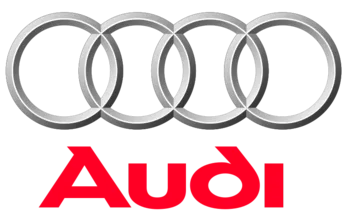Thermally optimized machine design for dynamic load situations with consideration of the overload capacity
In the course of the project DETAILED (DEsign of TAILored Electrical Drives), a design methodology for electrical machines is to be developed by precisely determining the power required by the user in real-life applications. This methodology will optimize the complete drive train of an electric vehicle in terms of weight and energy consumption. With special consideration of the user requirements on the overload potential of the electrical components (in particular the electrical machine), the energy efficiency in real driving operation and thus the range of electric vehicles can be further increased.
The current design methodology of electric machines is based on the long experience of stationary industrial machines and designs the machines for general driving cycles such as the so-called New European Driving Cycle (NEDC). This design leads to an oversizing of the machine in terms of size, weight, power and costs and results in the operating points of the electrical machines not being within the efficiency range. There is already a large number of publications on the subject of designing or optimizing the electrical machine. The motors and their control systems are improved and the thermal behaviour is approximated. Up to now, an adapted elicitation of requirements for transient applications as well as the targeted shift of load points of the machine into the overload range have not been considered. In addition, no real load collectives or user requirements have been considered in the machine design so far.
The aim is therefore to develop a new design methodology for electrical machines that is tailored to the real loads in non-stationary applications, such as a driving cycle and users in the automotive sector, and takes into account the overload potential of the machine, i.e. the thermal reserves available for a limited period of time, right from the start of the design process. With the help of the machine design, map calculation and thermal simulation, the machine is simulated in cycle operation and reduced and optimized step by step. This not only results in savings in size, weight and costs, but also in increased energy consumption and efficiency of the machine. The aim is to find a trade-off between cost savings and dimensioning of the machine as well as improved efficiency and necessary cooling through increased heat management.



